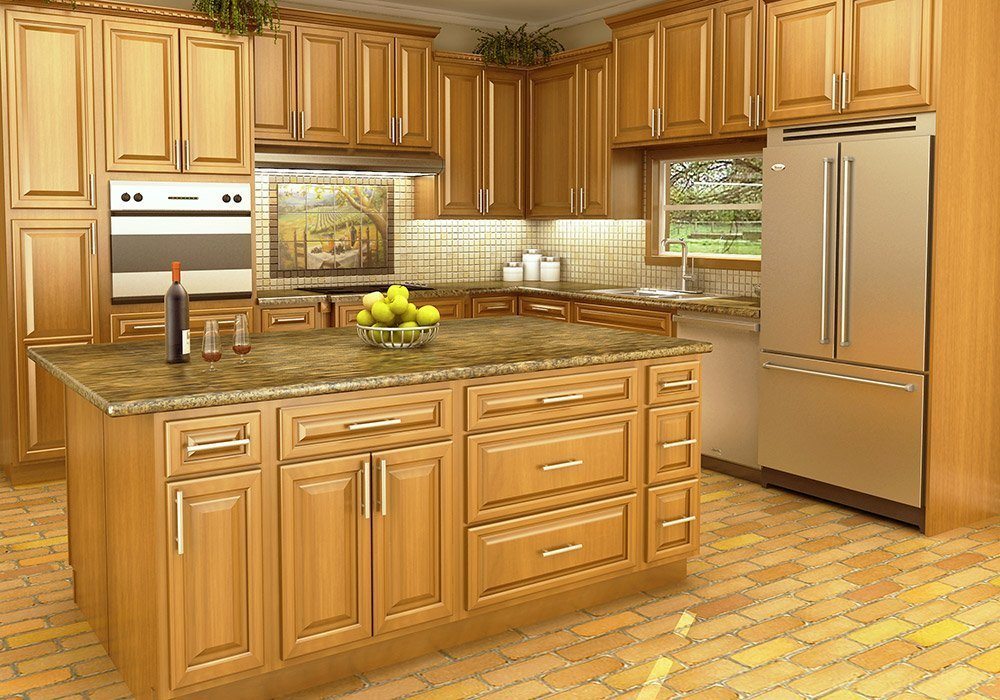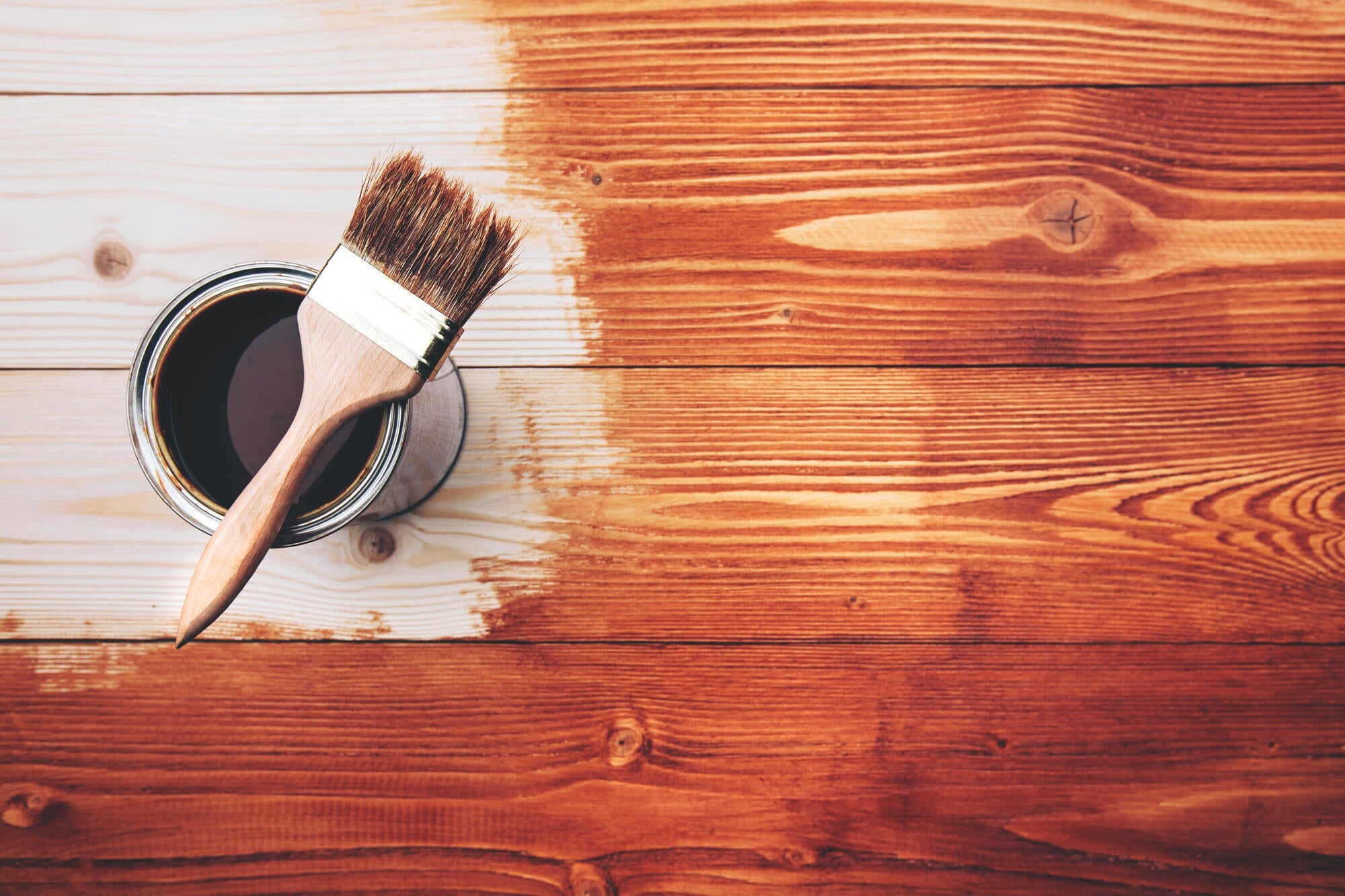Preparing the Cabinets

Before you start varnishing, you gotta make sure your cabinets are ready for their makeover. It’s like getting ready for a big night out – you gotta clean up, prep your skin, and make sure everything is smooth and flawless. So, let’s get those cabinets looking their best!
Cleaning the Cabinets
First things first, you gotta give your cabinets a good scrub. Dust, grime, and grease can prevent the varnish from adhering properly, so it’s important to clean them thoroughly. You can use a mild detergent and a soft cloth to wipe down the cabinets. For stubborn stains, try a degreaser. After cleaning, make sure you rinse the cabinets well with clean water and let them dry completely.
Sanding the Cabinets
Sanding is like giving your cabinets a facial, smoothing out any imperfections and preparing them for their new look. It’s a crucial step in getting a smooth and even finish.
Choosing the Right Sandpaper
The type of sandpaper you use will depend on the condition of your cabinets. If they have a lot of scratches or dents, you’ll need to start with a coarser grit sandpaper (like 80 or 100 grit) to remove the imperfections. Then, you can gradually move to finer grits (like 120, 180, and 220 grit) to create a smooth surface.
Sanding Techniques
Use a sanding block to ensure you sand evenly. Sand with the grain of the wood, not against it, to avoid creating scratches. And don’t press too hard, you want to smooth the surface, not strip it down to the bare wood.
Dust Removal
After sanding, you gotta get rid of all that dust. Use a tack cloth or a damp cloth to wipe down the cabinets and remove any loose particles. You can also use a vacuum cleaner with a brush attachment to get into those hard-to-reach areas.
Repairing Imperfections, How to varnish wood cabinets
Even after sanding, you might still have some scratches or dents. That’s where wood filler comes in. It’s like magic for filling in those pesky imperfections. Choose a wood filler that matches the color of your cabinets and apply it with a putty knife. Let it dry completely before sanding it smooth.
Choosing the Right Varnish: How To Varnish Wood Cabinets

Choosing the right varnish is crucial for achieving a beautiful and durable finish on your wood cabinets. It’s like picking the perfect outfit for a special occasion – you want something that looks good and lasts. There are a lot of different varnishes out there, each with its own unique personality and quirks. So, let’s dive into the world of varnishes and figure out which one is the perfect match for your cabinets.
Varnish Types and Their Properties
Varnishes are essentially protective coatings that add a layer of shine and durability to wood surfaces. They come in a variety of types, each with its own set of characteristics. Here’s a rundown of the most popular varnish types:
- Polyurethane Varnish: This is like the rockstar of the varnish world – it’s tough, durable, and can withstand a lot of abuse. Polyurethane varnishes are available in both oil-based and water-based formulas. They offer excellent protection against scratches, water, and UV damage. They’re often used on furniture, floors, and other high-traffic surfaces. It’s like the protective shield your cabinets need to survive the daily grind.
- Acrylic Varnish: Acrylic varnishes are known for their fast drying time and ease of use. They’re water-based, so they’re environmentally friendly and have low odor. Acrylic varnishes are a good choice for projects where a quick turnaround is needed. They’re also relatively easy to clean up with soap and water. Think of them as the quick and easy fix for your cabinets.
- Oil-Based Varnish: Oil-based varnishes have been around for ages, and they’re still a popular choice for many woodworkers. They offer a beautiful, deep finish and excellent durability. Oil-based varnishes are also known for their self-leveling properties, which helps create a smooth, even finish. However, they have a longer drying time and require mineral spirits for cleanup. They’re like the classic, timeless look that never goes out of style.
- Shellac Varnish: Shellac is a natural varnish made from the resin of the lac bug. It’s known for its warm, amber tone and its ability to create a beautiful, traditional finish. Shellac is also food-safe, making it a good choice for kitchen cabinets. However, it’s not as durable as other varnish types and can be susceptible to water damage. Shellac is like the vintage charm that adds a touch of elegance to your cabinets.
- Spar Varnish: Spar varnish is designed for outdoor use, so it’s super durable and resistant to UV rays, moisture, and weathering. It’s a great choice for cabinets that will be exposed to the elements. It’s like the rugged, outdoorsy type that can handle anything.
Factors to Consider When Choosing Varnish
Picking the right varnish is like choosing the right outfit for a special occasion. You want something that looks good and lasts. Here are some factors to consider when making your decision:
- Type of Wood: Different woods have different properties. Some woods are more porous than others, which can affect how the varnish absorbs and dries. For example, softwoods like pine tend to absorb varnish more readily than hardwoods like oak. Consider the type of wood you’re working with and choose a varnish that will complement its natural beauty. It’s like choosing the right fabric for your outfit – you want something that flatters your body.
- Desired Finish: Do you want a high-gloss, satin, or matte finish? Varnishes are available in a wide range of sheens, so you can choose the one that best suits your style. Consider the overall look you’re going for and choose a varnish that will enhance the beauty of your cabinets. It’s like choosing the right accessories for your outfit – you want something that complements your overall look.
- Level of Durability: How much wear and tear will your cabinets be exposed to? If you have young children or pets, you’ll need a varnish that can withstand a lot of abuse. For high-traffic areas, consider a durable varnish like polyurethane. If you’re working on a less-used piece, you might be able to get away with a less durable varnish. It’s like choosing the right shoes for the occasion – you want something that can handle the terrain.
Oil-Based vs. Water-Based Varnishes
The battle between oil-based and water-based varnishes is like the age-old debate between Coke and Pepsi. Both have their pros and cons, and the best choice for you will depend on your specific needs.
Oil-Based Varnishes
- Pros:
- Durable and long-lasting
- Self-leveling for a smooth finish
- Excellent for high-traffic areas
- Cons:
- Long drying time
- Strong odor
- Requires mineral spirits for cleanup
Water-Based Varnishes
- Pros:
- Fast drying time
- Low odor
- Easy cleanup with soap and water
- Environmentally friendly
- Cons:
- Less durable than oil-based varnishes
- Can be more susceptible to water damage
Varnish Characteristics
Here’s a table that summarizes the characteristics of different varnish types:
| Varnish Type | Drying Time | Sheen | Durability |
|---|---|---|---|
| Polyurethane | 24-48 hours | Gloss, Satin, Matte | Very durable |
| Acrylic | 1-2 hours | Gloss, Satin, Matte | Durable |
| Oil-Based | 12-24 hours | Gloss, Satin, Matte | Very durable |
| Shellac | 1-2 hours | Gloss, Satin, Matte | Moderate |
| Spar | 24-48 hours | Gloss, Satin, Matte | Very durable |
Applying the Varnish

Alright, you’ve got your cabinets prepped and your varnish picked out. Now it’s time to get down to business and apply that beautiful finish. This is where the magic happens, folks, and it’s all about taking your time and following a few simple steps to ensure a flawless look.
Applying the Varnish
You’ve got a few options when it comes to applying varnish, each with its own strengths and weaknesses. You can use a brush, a roller, or a sprayer.
- Brushes: Brushes are the most traditional way to apply varnish, and they offer the most control over the application. You can use a natural bristle brush for oil-based varnishes, or a synthetic bristle brush for water-based varnishes.
- Rollers: Rollers are a good option for larger surfaces, like cabinet doors. They can help to create a smooth, even finish, but they can also leave behind streaks if you’re not careful.
- Sprayers: Sprayers are the fastest way to apply varnish, but they can also be the most difficult to use. They require some practice to get the hang of, and they can also create a lot of overspray.
Using a Brush
For a brush application, here’s a step-by-step guide that’ll make you feel like a pro:
- Dip the brush in the varnish: Don’t overload the brush. Just dip it in about an inch deep, and then wipe off any excess on the rim of the can.
- Apply the varnish in thin, even coats: Start with a light coat, and work in the direction of the wood grain.
- Avoid brushstrokes: This is where the magic happens. The key is to use smooth, even strokes. It’s like painting a masterpiece, except with wood and varnish.
- Let the varnish dry: Once you’ve applied a coat, let it dry completely before applying another. This drying time can vary depending on the type of varnish you’re using.
Avoiding Common Mistakes
Listen, everyone makes mistakes, but here are some tips to help you avoid the most common pitfalls:
- Brushstrokes: The key to avoiding brushstrokes is to use smooth, even strokes, and to apply the varnish in thin coats.
- Drips: If you see a drip, don’t panic! Just use a clean, dry cloth to wipe it up immediately.
- Bubbles: Bubbles can form if you apply the varnish too thickly or if you’re working in a humid environment. To avoid this, make sure the varnish is well-mixed, and apply it in thin coats.
How to varnish wood cabinets – Varnishing wood cabinets can dramatically enhance their appearance and durability, but choosing the right varnish is crucial. If you’re working with a small space, consider incorporating a Murphy bed or other space-saving solutions like those found in our guide to beds for very small bedrooms.
Once you’ve selected the perfect varnish, remember to apply thin coats for a smooth, even finish and let each coat dry thoroughly before applying the next.
Varnishing wood cabinets is a great way to protect them from scratches and spills, and to enhance their natural beauty. If you’re looking for a beautiful and durable wood for your cabinets, consider a cherry wood shoe cabinet. Cherry wood has a rich, reddish-brown color that deepens with age, and it’s known for its strength and durability.
When applying varnish, be sure to use even strokes and let each coat dry completely before applying the next.
